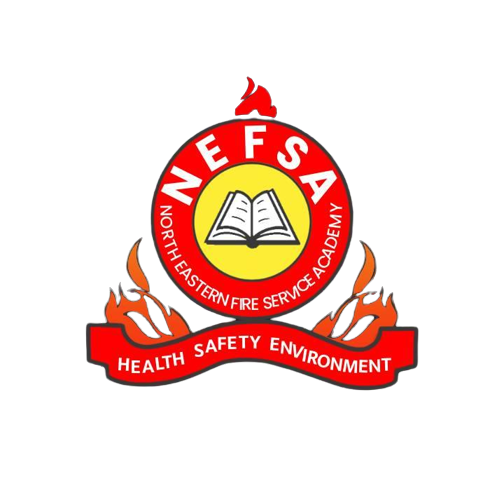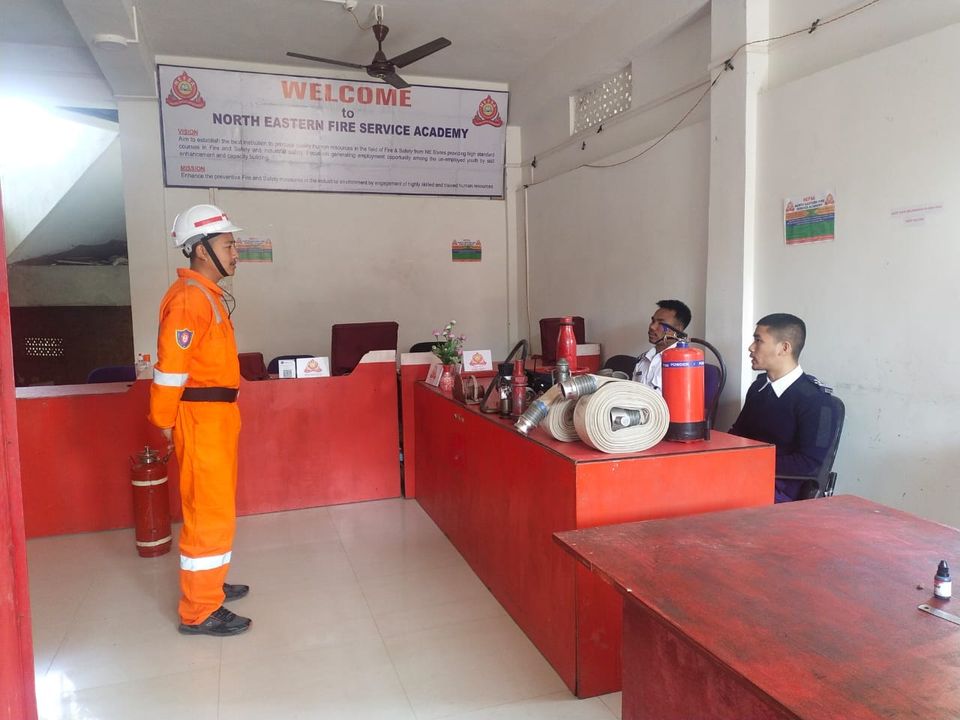Introduction:
Fire, a mesmerizing yet formidable force, operates on intricate principles. NEFSA, standing at the forefront of fire safety education, delves deep into the science behind fire dynamics. This SEO-friendly blog unravels NEFSA’s commitment to unraveling the complexities of fire, providing an educational journey into the very heart of its dynamics.
1. The Fundamentals of Fire Dynamics
Embark on a journey through the basic principles that govern fire. NEFSA elucidates the fundamental concepts, laying the groundwork for a comprehensive understanding of the science of fire dynamics.
2. The Fire Triangle: NEFSA’s Breakdown of Ignition Essentials
NEFSA breaks down the classic Fire Triangle. Explore how understanding the three key components—fuel, oxygen, and heat—is crucial for grasping the ignition and sustenance of a fire.
3. Beyond the Basics: NEFSA’s Exploration of Fire Tetrahedron
Dive deeper into NEFSA’s exploration of the Fire Tetrahedron. Discover the additional factor of chemical reactions and how this expanded model provides a more nuanced understanding of fire dynamics.
4. Heat Transfer Mechanisms: NEFSA’s Insight into Energy Exchange
NEFSA sheds light on heat transfer mechanisms. Explore how radiant heat, convection, and conduction play pivotal roles in the spread and intensity of fires, influencing the dynamics of various fire scenarios.
5. Fire Growth and Development: NEFSA’s Dynamic Approach
Delve into NEFSA’s dynamic perspective on fire growth. Learn how the academy comprehensively addresses the stages of fire development, from ignition to full-fledged combustion.
6. Smoke: NEFSA’s In-Depth Study into Its Composition and Behavior
NEFSA takes a detailed look at smoke. Understand its composition and behavior, exploring how smoke influences fire dynamics and poses additional risks to life and property.
7. Flashover and Backdraft: NEFSA’s Analysis of Critical Phenomena
Explore NEFSA’s analysis of critical fire phenomena. Learn about flashovers and backdrafts, understanding how these events dramatically impact fire dynamics and pose significant challenges for firefighters.
8. Fire Behavior in Enclosed Spaces: NEFSA’s Specialized Training
NEFSA specializes in training for enclosed spaces. Discover how understanding fire behavior in confined environments is crucial for developing effective firefighting strategies.
9. The Role of Ventilation: NEFSA’s Emphasis on Airflow Control
NEFSA emphasizes the role of ventilation. Uncover how controlling airflow is a strategic element in firefighting, influencing fire dynamics and ensuring the safety of both occupants and responders.
10. Predictive Modeling: NEFSA’s Technological Edge
Concluding the blog, explore NEFSA’s embrace of predictive modeling. Understand how technology is harnessed to simulate and predict fire dynamics, enhancing preparedness and response strategies.
Conclusion:
An insightful look into the complex world of fire may be found in “The Science of Fire: NEFSA’s Educational Dive into Fire Dynamics”. In addition to expanding the knowledge of firefighters, NEFSA’s dedication to teaching people about fire dynamics also gives communities the ability to take proactive steps toward fire safety and prevention.
To join our academy click www.nefsaindia.com
To read more blog:- www.nefsaindiablog.com







